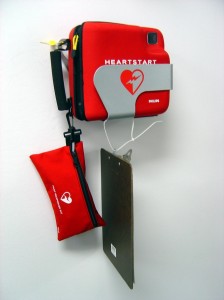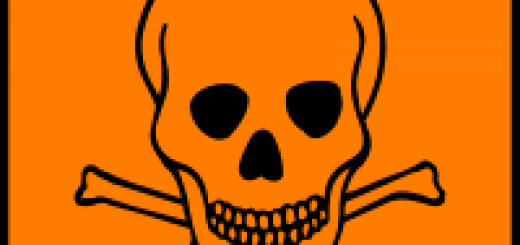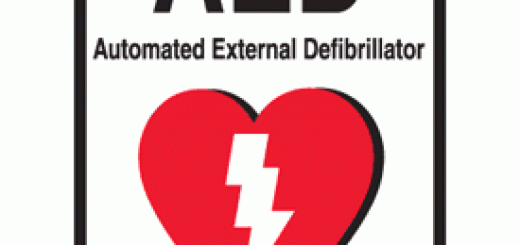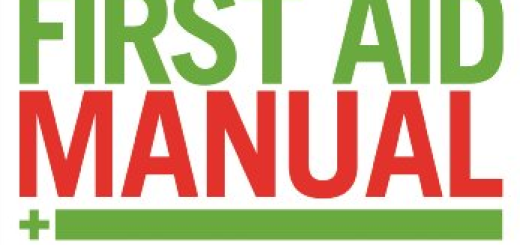Cardiopulmonary Resuscitation (CPR) Overview
CPR, kiss of life, resuscitation, heart massage. There are numerous terms used for Cardiopulmonary Resuscitation (CPR) by the media and general public. These terms can sometimes lead to confusion around CPR and what it actually involves.
So what exactly is CPR? How does it work? When do I do it?
Introduction
All the cells in your body require Oxygen to survive. They also require a good supply of nutrients and rapid removal of waste products. Oxygen and nutrients are carried around the body in your blood, which is pumped by your heart. In your lungs, Oxygen enters your blood stream and Carbon Dioxide (a waste product) is removed.
A “Cardiac Arrest” is when your heart stops beating. This is not the same as a “heart attack“, although a heart attack may lead to a cardiac arrest. There are numerous causes of cardiac arrests, including:
- A heart attack
- A disturbance in the heart rhythm
- Drugs/poisoning
- Heart disease
- Traumatic injury/blood loss
If a cardiac arrest occurs, blood will stop circulating around the body. Breathing will also cease as well (though breathing may not stop completely for several minutes). A patient in cardiac arrest is classed as clinically dead.
Without a supply of Oxygen, the cells in the body start to die. Brain cells are incredibly sensitive, after about 4 -5 minutes of no Oxygen brain cells will start to die leading to permanent brain damage and death.
How can I help someone who has collapsed?
You can use the mnemonic DR ABC to remember what to do:
Danger: Check for any dangers to yourself.
Response: Check for a response from the casualty. Shout and shake them on the shoulders.
Airway: Kneel by the casualty’s head and open their airway by tilting their head backwards
Breathing: Place your ear above their mouth and look at their chest. Check for normal breathing (regular breaths) for up to 10 seconds
Compressions: If the casualty is not breathing or not breathing normally, you should call an ambulance and start chest compressions.
You do not need to check for a pulse, as this often wastes valuable time. If a public defibrillator is available, then it should be sent for.
You should aim for a rate of 100 – 120 chest compressions a minute and aim to press down a third of the depth of the chest.
If you wish, you can attempt two ‘rescue breaths’ after every 30 chest compressions. Tilt the casualty’s head backwards, make a seal over their mouth and blow in for approximately one second. However, these are optional and chest compressions are the most important part.
Source: European Resuscitation Council BLS guidelines; American Heart Association Guidelines for CPR & Emergency Cardiovascular Care
Will the casualty wake up?
Unfortunately this is very unlikely to happen. By doing chest compressions, you are taking over the job of the casualty’s heart (which has stopped) by forcibly compressing it. In effect, you are acting as a life-support machine for the person.
In order for the heart to be restarted, it may require an electrical shock from a defibrillator (right) or drugs given by a paramedic/doctor. CPR on its own is very unlikely to restart someone’s heart.
However, good quality chest compressions will significantly increases the chance of the defibrillator being able to restart the heart.
When should I stop doing CPR?
Only stop CPR if:
- The casualty shows signs of life: coughing, breathing etc.
- You are asked to stop by a healthcare professional (ambulance crew etc.)
- You become too exhausted to continue
- The situation suddenly becomes too dangerous
Ideally, you should only carry out CPR for a couple of minutes before swapping with someone else. This is to ensure that the chest compressions remain of good quality.
How to carry out CPR: video
Now you’ve read this article, have a go at our free CPR quiz!







